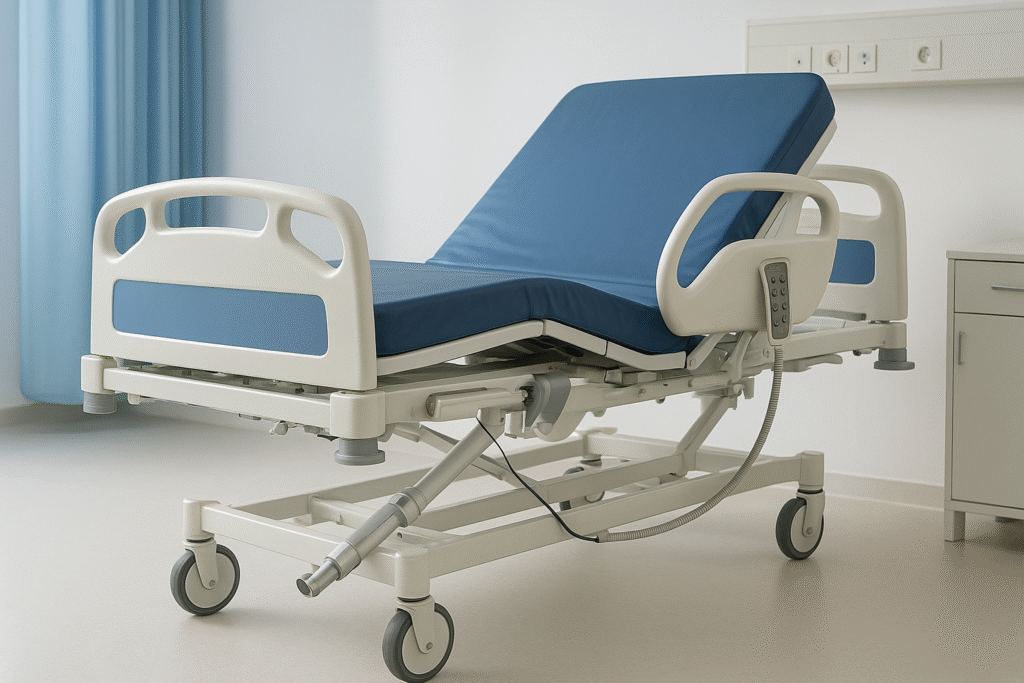In modern healthcare, patient comfort and caregiver efficiency go hand in hand. One of the most overlooked, yet critical, elements of this experience is the hospital bed. Behind the smooth lifting, tilting, and reclining functions of a medical bed lies a powerful technology — the electric actuator.

The Shift from Manual to Electric Adjustments
Not long ago, adjusting hospital beds was a manual task. Caregivers had to exert effort using cranks, which was time-consuming and often uncomfortable for patients. With the rise of electric actuators, this challenge is now a thing of the past.
Electric actuators make bed adjustments effortless — at the press of a button, the bed moves quietly and smoothly into the desired position.
Benefits for Patients
For patients, especially those recovering from surgeries or with limited mobility, electric actuators offer:
- Seamless comfort: Reclining, leg raising, or height adjustment without physical strain.
- Improved healing: Correct bed positioning can improve blood circulation, reduce pressure sores, and support breathing.
- Independence: Some advanced beds allow patients to adjust their position themselves, improving dignity and reducing reliance on nurses.
Benefits for Caregivers and Hospitals
For caregivers, actuators reduce physical strain by eliminating manual effort. This saves time and lowers the risk of injury. Hospitals benefit from:
- Faster patient handling
- Better safety during transfers
- Longer equipment life due to robust, low-maintenance actuators
The Role of Precision and Reliability
In healthcare, precision is everything. Electric actuators provide controlled, accurate movements that ensure beds stop exactly where needed, with no jerks or sudden movements. Their reliability also guarantees smooth operation over years of use — critical in medical environments where downtime isn’t an option.
Towards Smarter Healthcare Equipment
Today, actuators are not just about motion — they are being integrated with smart controls. Beds with programmable positions, remote monitoring, and emergency adjustment features are already transforming patient care. Electric actuators make this possible, bringing advanced automation into healthcare.
